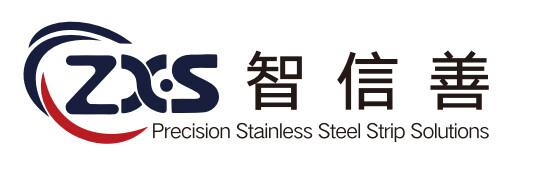Surface Finishing
Contact ZXS For Your Precision Stainless Steel Strips Solutions
Get in Touch with Us
*Indicates a Required Field
The surface finish of stainless steel affects much more than just its aesthetic — performance, reliability, and other factors can be greatly impacted. No matter the application or end-use of the stainless steel, its surface finish should be carefully chosen to best meet the requirements at hand. That's because, in addition to providing the desired visual appeal, the choice of finish affects corrosion resistance, characteristics such as electrical properties, impacts weldability, manufacturing operations, and contributes to various economic considerations.
Common Surface Finishes
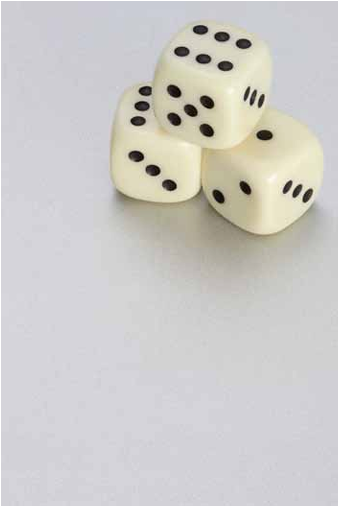
RAP® 2E A relatively rough shotblasted finish with cold bandtolerances and less roughness than a 1D finish.
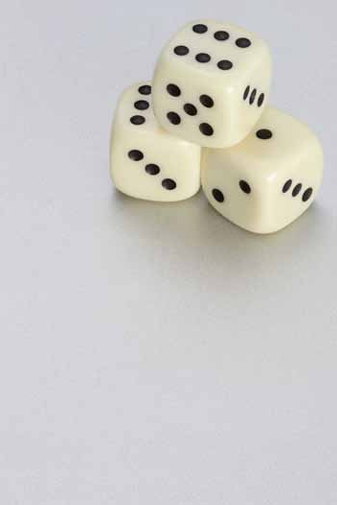
2E A brushed 2E slightly directional finish. it is much smootherthan shotblasted finishes and can replace the standard cold rolledfinish 2B in many applications where good cleanability is an advantage.
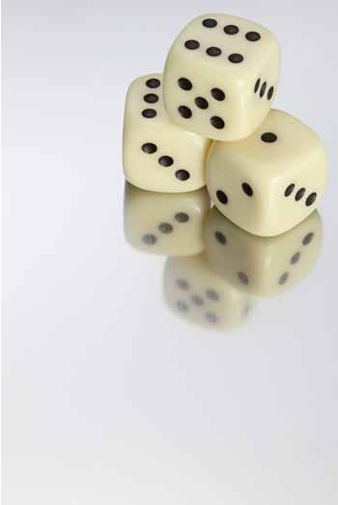
2B Smooth surface with low gloss.
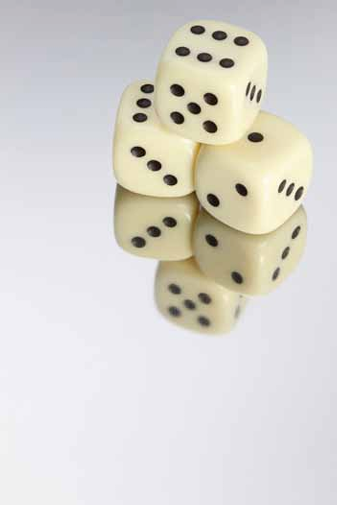
2R / BA A bright and mirror-like finish for applications where eitherhigh gloss or an exceptionally hygienic surface is required, The 2R finishis used in applications requiring high image clarty or an ultra-smoothsurface that is easy to clean.
Standard surface finishes
Table1.Surface roughness for different stainless steel finishes
Surface roughness measurements differ with different instruments,laboratories and operators.There may also be overlap on measurements of surface roughness for both NO.3 and No.4 finishes.
Table2.comparison of grit and surface roughness-approximate values
Stainless steel surface &glossiness control
Guide to Stainless Steel Sheet Finishes | Polished, Brushed, Mirror
Standard Finishes The chromium-nickel and straight chromium grades of stainless steel strip can be surface treated to provide a wide variety of finishes
#1D – Cold Rolled, annealed and pickled
#2D– Cold rolled, annealed, pickled, or annealed and skin passed with dull rolls.
#1B – Cold rolled on polished rolls, annealed and pickled
#2B – Cold rolled on polished rolls, annealed, pickled, and skin passed on polished rolls
#1BA - Cold rolled on polished rolls, annealed in a protective atmosphere retaining the as-rolled surface appearance
#2BA – Same as
#1BA except the annealed strip receives a final skin pass.
#1CBA – Dull cold rolled and annealed in a protective atmosphere
#1 Bright Hardened - Martensitic grades cold rolled on polished rolls and heat treated in a protective atmosphere, retaining the as-rolled surface appearance. #2TR – Cold rolled to a temper specified by the customer Special finished are available upon request.
*** Not all finishes are available in all alloys --- Contact ZXS Sales for more information.
What is the Surface Roughness of Stainless Steel?
Any discussion of surface finish would be incomplete without mentioning surface roughness. Surface roughness is a measure of the texture of a manufactured surface. RA or Average roughness is most commonly used in North America. It is the average of the peaks and valleys of a surface over a set sampling length. Values are typically given in microinches or micrometers.
Rz, or mean roughness depth, is most commonly used in Europe and is the average of the highest peak to the lowest valley over 5 sampling lengths.
Surface roughness can have a crucial impact on the durability and performance of the material and must also be closely considered and controlled for.
Still unsure which finish is right for your application? Contact us and speak with someone from our metallurgy or product development team. We also offer custom finishes beyond those mentioned here to accommodate advanced and emerging applications, such as superconductors.
Every Interaction Counts!
*indicates a Required Field
